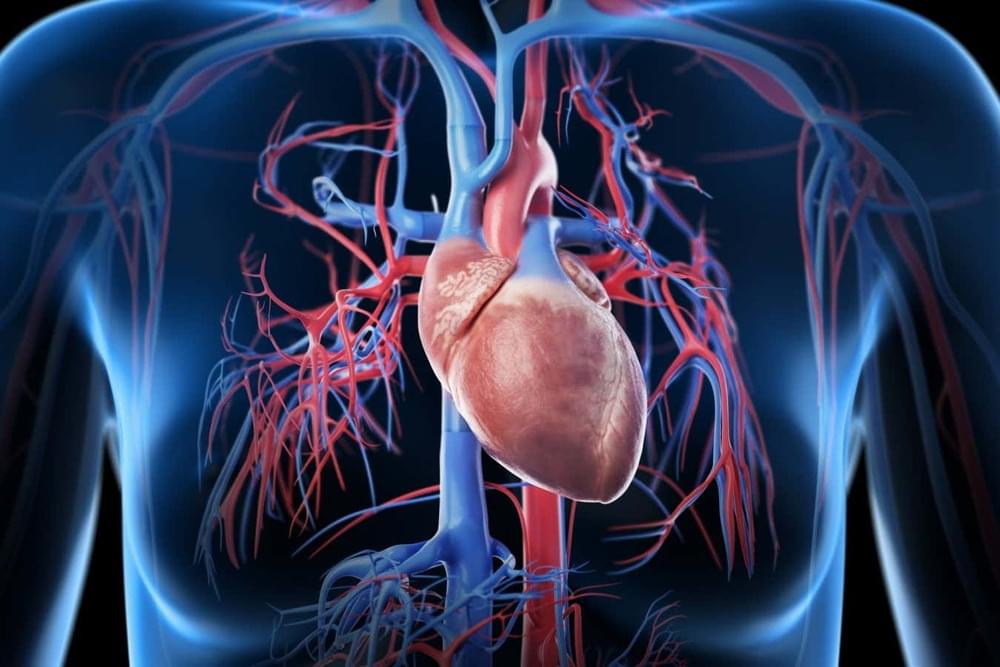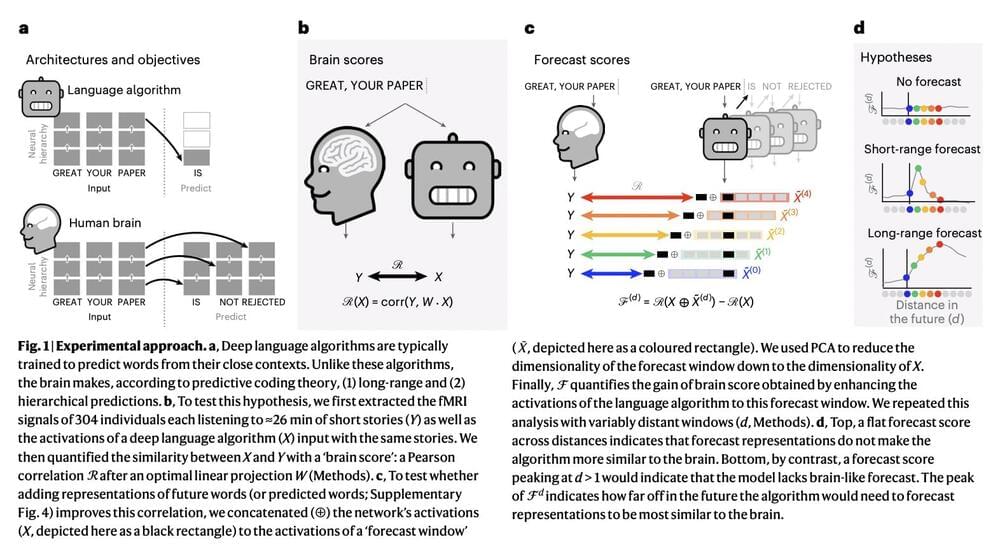An introductory lecture for MIT course 6.S094 on the basics of deep learning including a few key ideas, subfields, and the big picture of why neural networks have inspired and energized an entire new generation of researchers. For more lecture videos on deep learning, reinforcement learning (RL), artificial intelligence (AI & AGI), and podcast conversations, visit our website or follow TensorFlow code tutorials on our GitHub repo.
INFO:
Website: https://deeplearning.mit.edu.
GitHub: https://github.com/lexfridman/mit-deep-learning.
Slides: http://bit.ly/deep-learning-basics-slides.
Playlist: http://bit.ly/deep-learning-playlist.
Blog post: https://link.medium.com/TkE476jw2T
OUTLINE:
0:00 — Introduction.
0:53 — Deep learning in one slide.
4:55 — History of ideas and tools.
9:43 — Simple example in TensorFlow.
11:36 — TensorFlow in one slide.
13:32 — Deep learning is representation learning.
16:02 — Why deep learning (and why not)
22:00 — Challenges for supervised learning.
38:27 — Key low-level concepts.
46:15 — Higher-level methods.
1:06:00 — Toward artificial general intelligence.
CONNECT:
- If you enjoyed this video, please subscribe to this channel.
- Twitter: https://twitter.com/lexfridman.
- LinkedIn: https://www.linkedin.com/in/lexfridman.
- Facebook: https://www.facebook.com/lexfridman.
- Instagram: https://www.instagram.com/lexfridman





